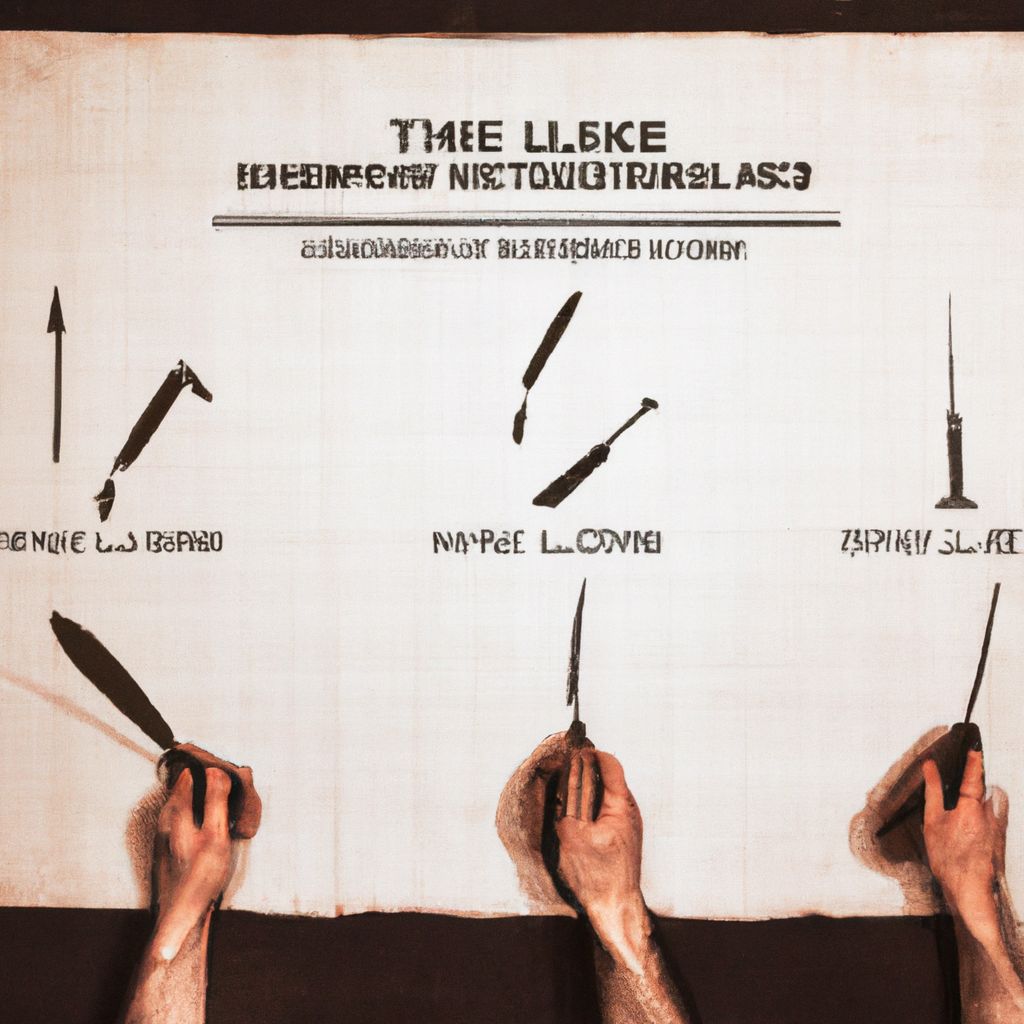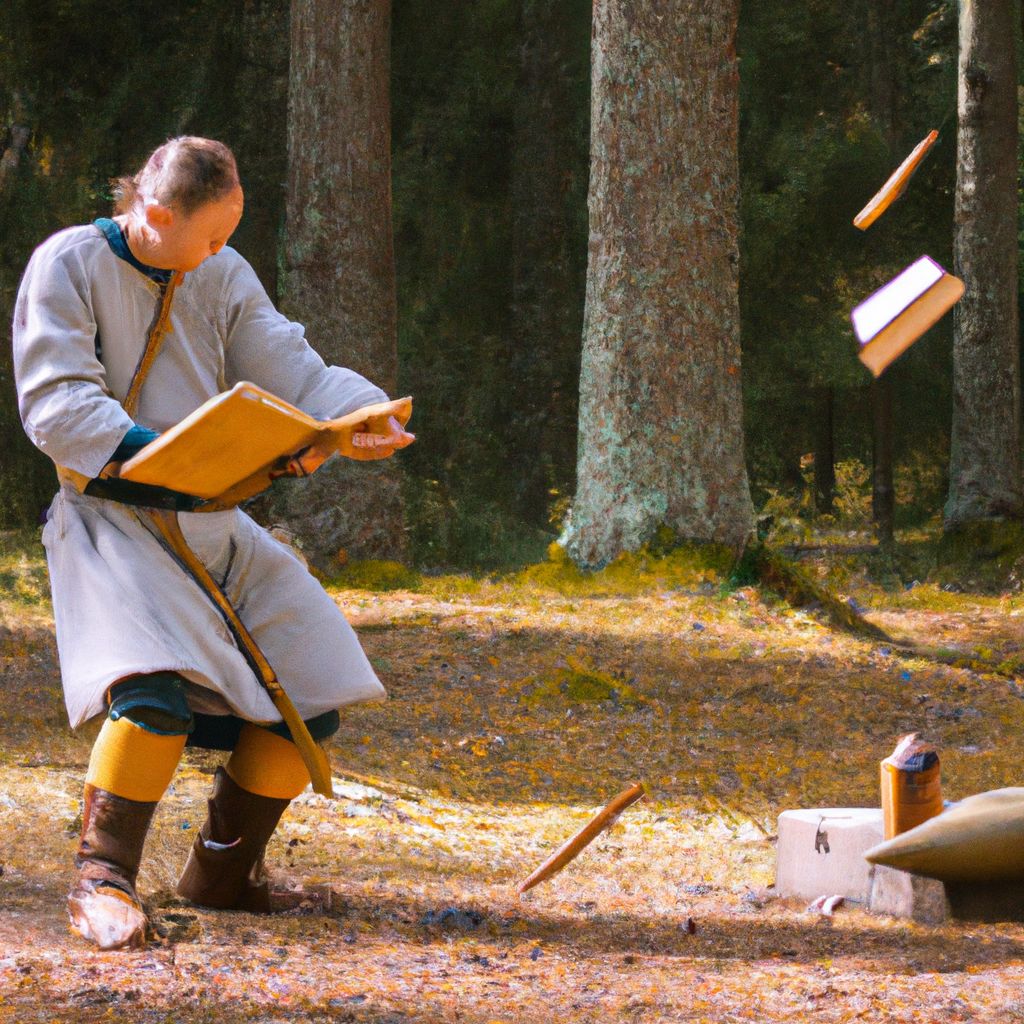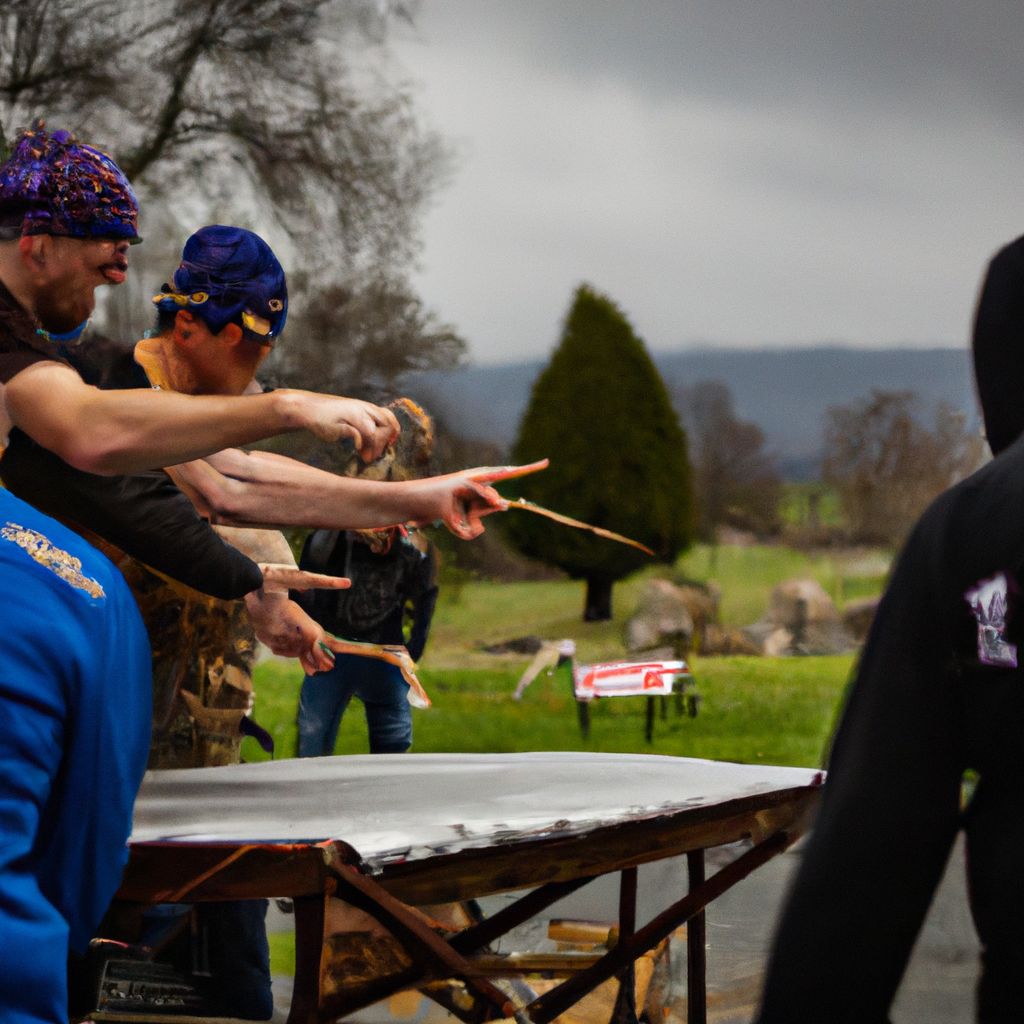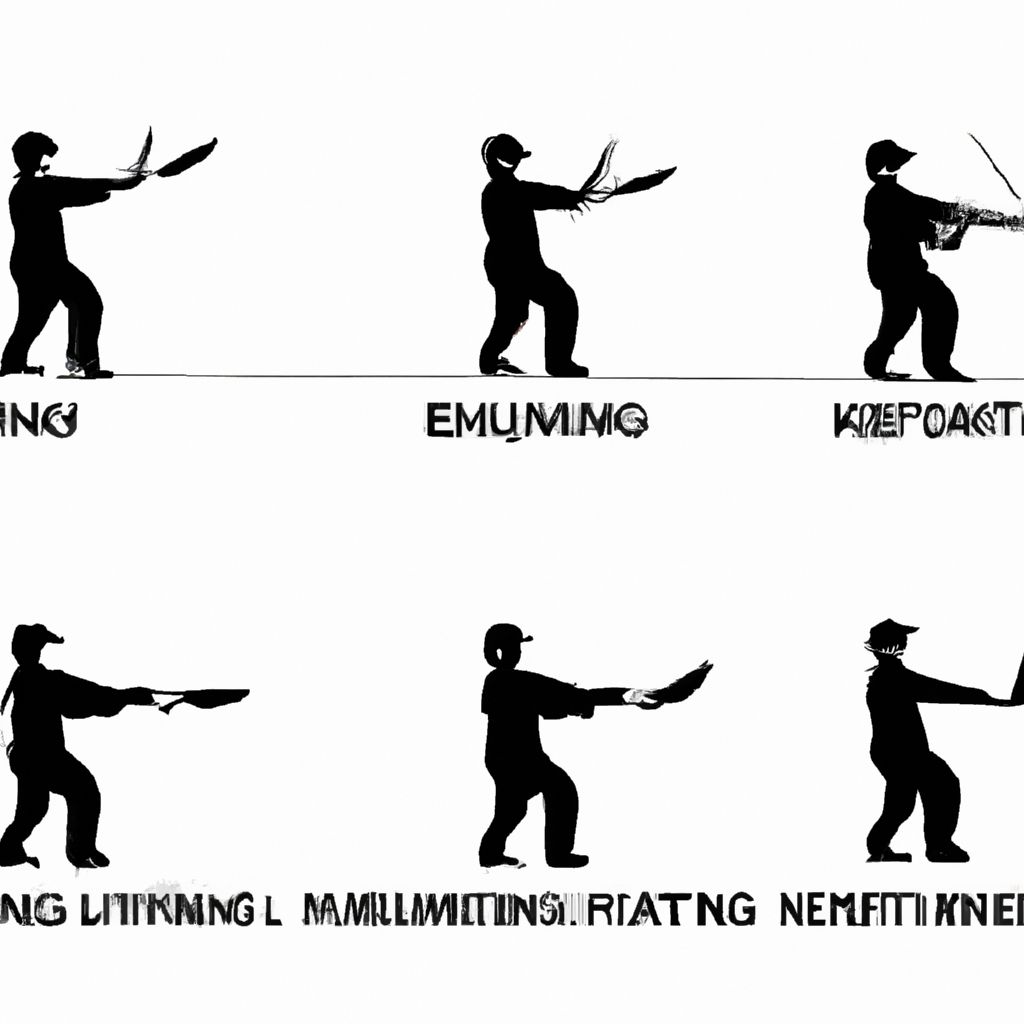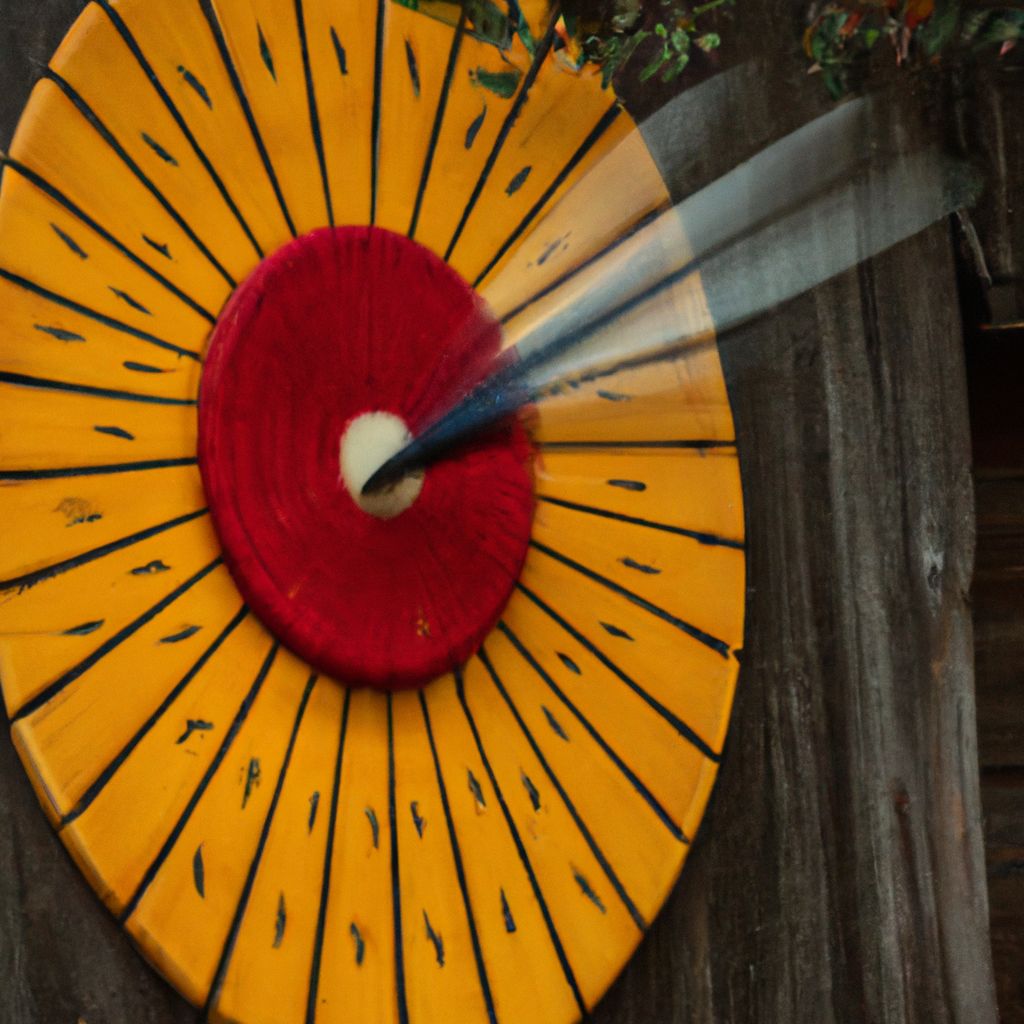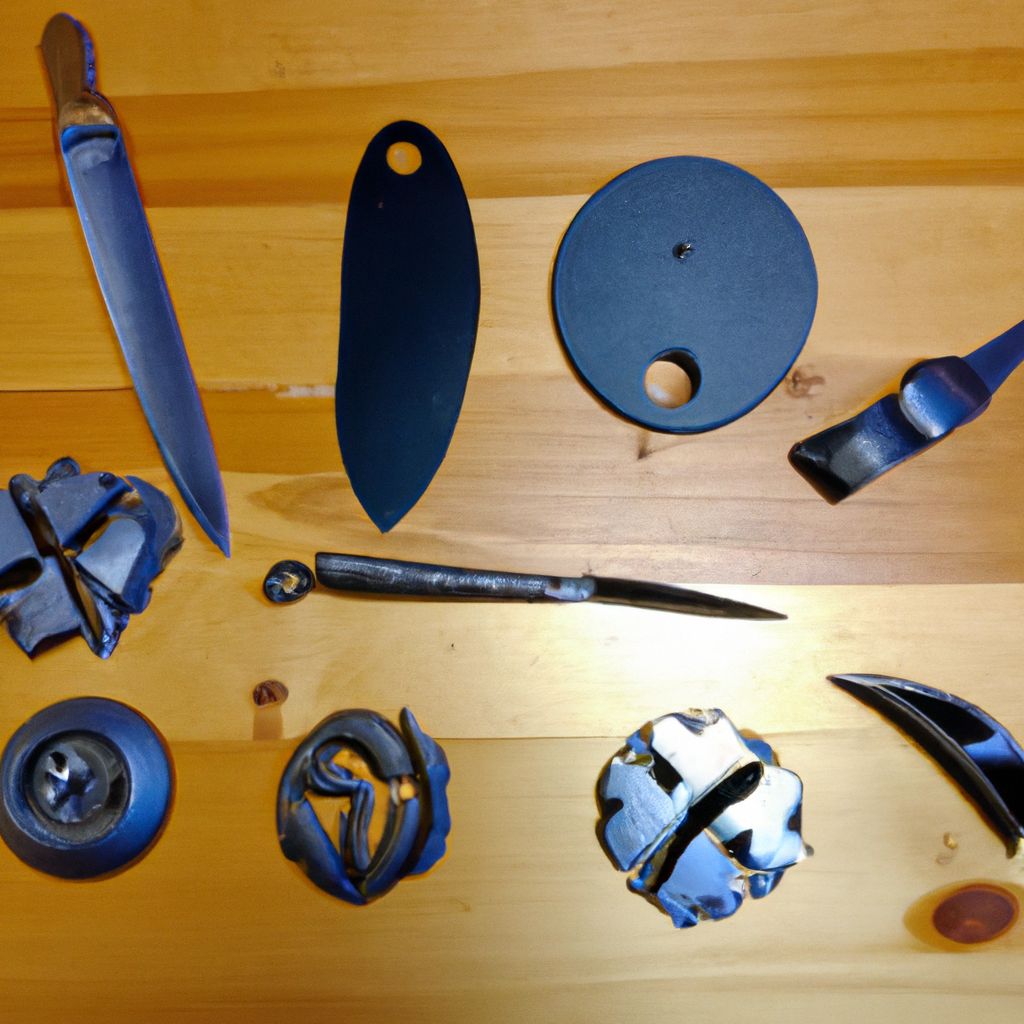- Introduction: The Origins of Knife Throwing
- Ancient Knife Throwing: A Survival Skill
- Development of Knife Throwing Techniques
- Knife Throwing in Entertainment and Sport
- Modern Knife Throwing: A Popular Hobby
- Conclusion: The Future of Knife Throwing
Introduction: The Origins of Knife Throwing
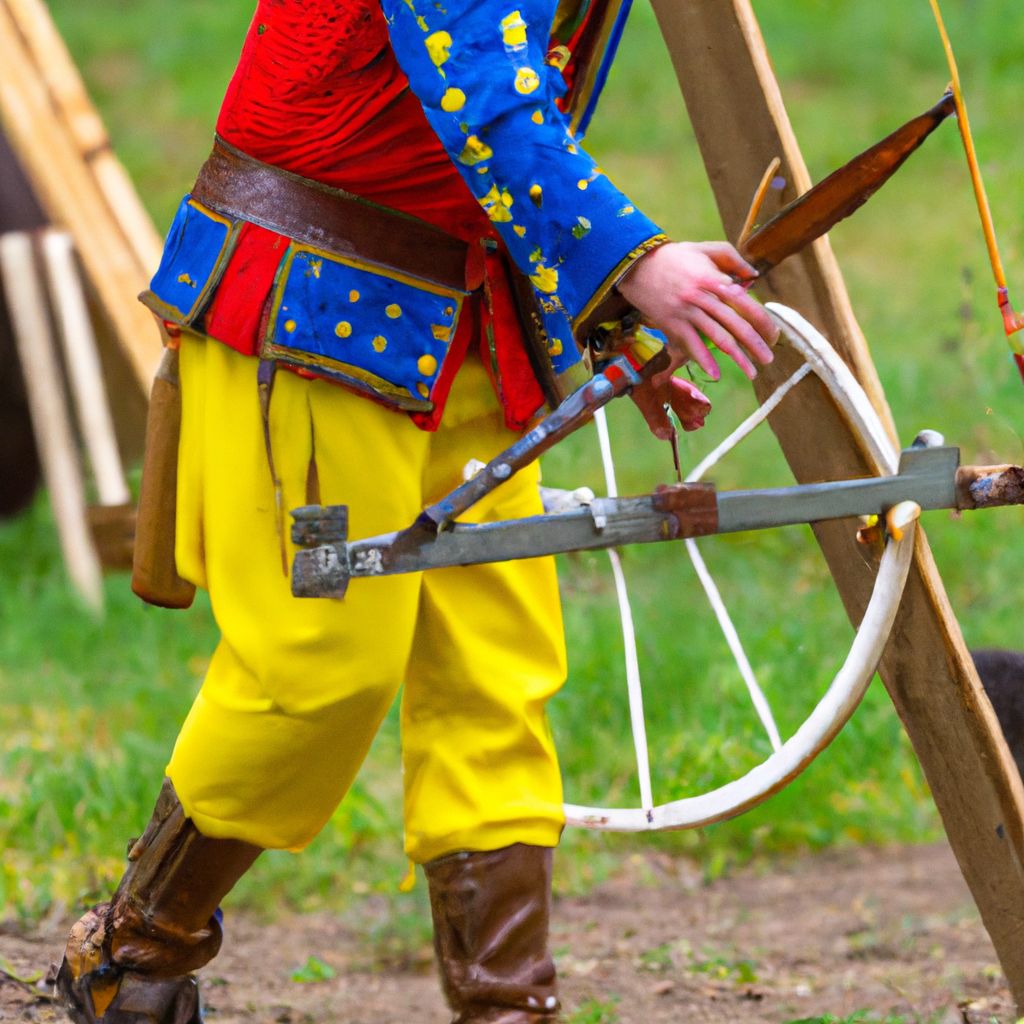
Knife throwing, as a skill and hobby, has a rich and diverse history that can be traced back to ancient times. This practice was not merely a sport or entertainment, but a necessary survival skill in many cultures.
The earliest known forms of knife throwing have been found in various parts of the world, each with their own unique methods and designs. It was not merely a tool for hunting, but also a weapon in warfare and a means of self-defense.
Historically, throwing knives were used by many African cultures, including the Zande, Maasai, and other peoples of Central Africa. In the pre-Columbian Americas, the Aztecs developed a similar weapon known as the tepatl.
The techniques and designs have evolved over time, influenced by changing technology, cultural exchanges, and shifting societal needs. However, the basic principles of knife throwing remain unchanged: a perfect blend of precision, speed, and power.
Today, knife throwing has transitioned from a survival skill to a recreational activity and competitive sport, attracting enthusiasts from all over the world.
Throughout this series, we will delve deeper into the fascinating history of knife throwing, examining its origins, cultural significance, and evolution into a modern hobby.
Ancient Knife Throwing: A Survival Skill
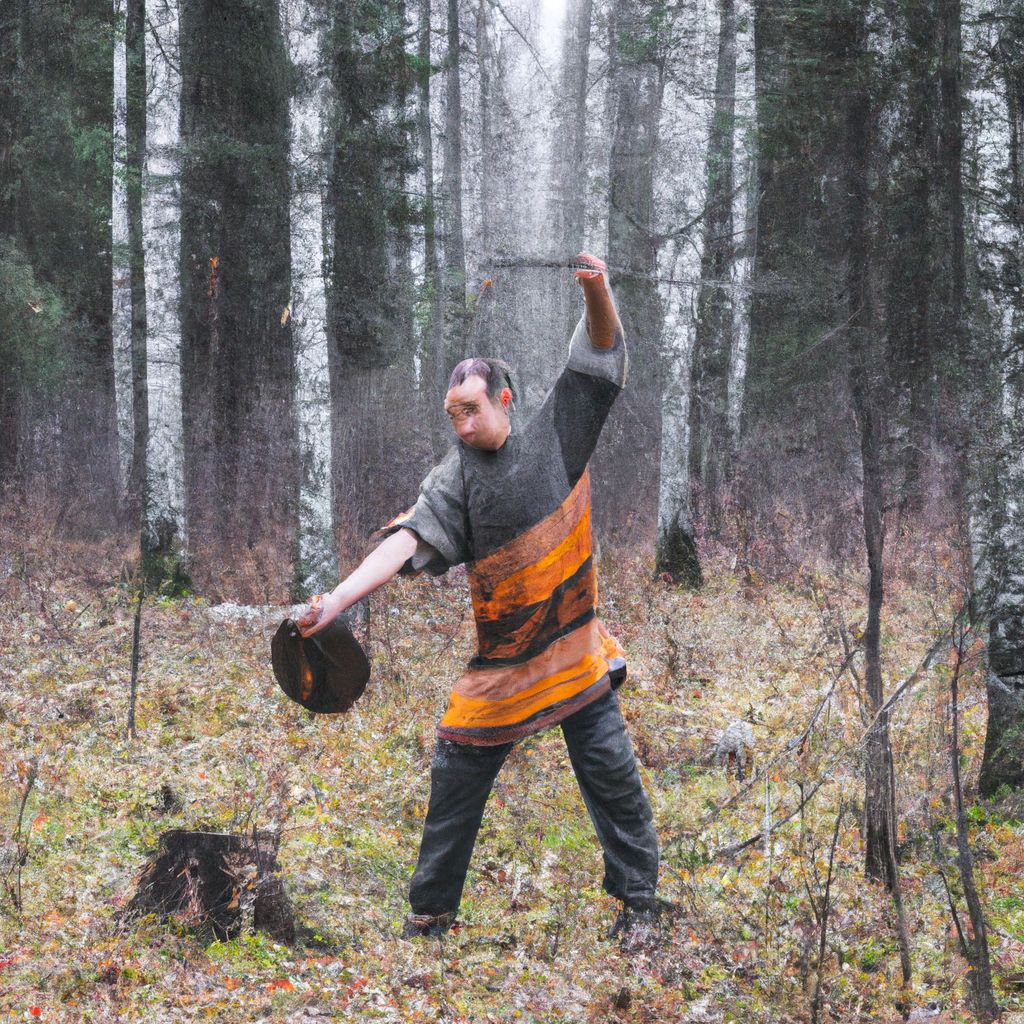
In the early ages, knife throwing played a critical role in survival. It was a versatile skill that served multiple purposes, including hunting, combat, and self-defense.
The knife, being a readily available tool in most cultures, was an obvious choice as a projectile weapon. Its use in hunting allowed our ancestors to kill prey from a safe distance, reducing the risk of injury.
In ancient Egypt, for example, knife throwing was a common hunting technique. The Egyptians used specially designed throwing sticks, which were essentially early forms of throwing knives.
Moreover, the throwing knife was a formidable weapon in warfare. It was used not only as a long-range weapon but also in close combat situations. The element of surprise that a throwing knife could provide was often a decisive factor in ancient battles.
The Aztecs, known for their warfare skills, used a special weapon called the Tepoztopilli. This was a type of spear-thrower that could launch a knife-like projectile at high speeds.
In many African cultures, throwing knives were not only weapons but symbols of social status. The Maasai, for instance, had a tradition of awarding a special throwing knife, the ilaiyioi, to young men who had proven their bravery and skill.
These examples highlight the significance of knife throwing in ancient societies. It was a skill that could mean the difference between life and death, and it played a key role in shaping human history.
Development of Knife Throwing Techniques

The art of knife throwing has seen many transformations over the centuries, with different cultures developing unique techniques and styles. These variations can be seen in the throwing styles, the types of knives used, and the specific methods of handling and releasing the knife.
There are essentially two primary styles of knife throwing: the spin method and the no-spin method. The spin method, as the name suggests, involves the knife rotating in the air before striking the target. This is the more traditional and commonly seen style. The no-spin technique, on the other hand, requires the knife to fly straight towards the target without rotating, a technique that demands precision and control.
The type of knife used has also varied throughout history. Early throwing knives were often simply regular knives adapted for throwing. Over time, specialized throwing knives were developed, characterized by their balance and weight distribution. Today, a wide range of throwing knives are available, from traditional designs to modern, sport-specific models.
Nathan Zimmerman, an expert knife thrower and author of "The Complete Knife Throwing Guide", explains: "The design of a throwing knife has a significant impact on its performance. A well-balanced knife will rotate predictably, making it easier to hit the target."
Finally, the method of handling and releasing the knife has evolved as well. Early throwers likely had to experiment with different grips and release techniques until they found what worked best. Today, we have a better understanding of the physics involved, and throwers can choose from a variety of established techniques.
Overall, the evolution of knife throwing techniques is a testament to human ingenuity and our constant pursuit of mastery. It's a fascinating journey that continues to this day, with throwers constantly pushing the boundaries of what is possible.
Knife Throwing in Entertainment and Sport

While knife throwing began as an essential survival skill, it has since evolved into a form of entertainment and sport. Its visually striking nature and element of danger have made it a popular feature in numerous forms of media and performance.
One of the most recognizable forms of knife throwing entertainment is the circus act. Circus performers began incorporating knife throwing into their routines as early as the 19th century. The "Wheel of Death" - where a performer throws knives around a human target spinning on a wheel - remains a staple act in many circuses today.
One of the most famous knife throwing acts was Elizabeth and Collins, a husband-and-wife team who performed in the early 20th century. Their act, often involving blindfolds and moving targets, captivated audiences worldwide.
Knife throwing has also found its way into popular media. From Western films in the 1950s to modern action-packed TV shows and movies, the dramatic effect of a well-aimed throwing knife has been a favorite of directors and audiences alike.
More recently, knife throwing has emerged as a competitive sport. Organizations such as the and the host regular competitions, attracting throwers from around the globe. These events not only showcase the skill and precision of the throwers but also serve to promote and preserve the art of knife throwing.
Thus, from a survival skill to a form of entertainment and sport, the journey of knife throwing is a fascinating study of human creativity and adaptability.
Modern Knife Throwing: A Popular Hobby
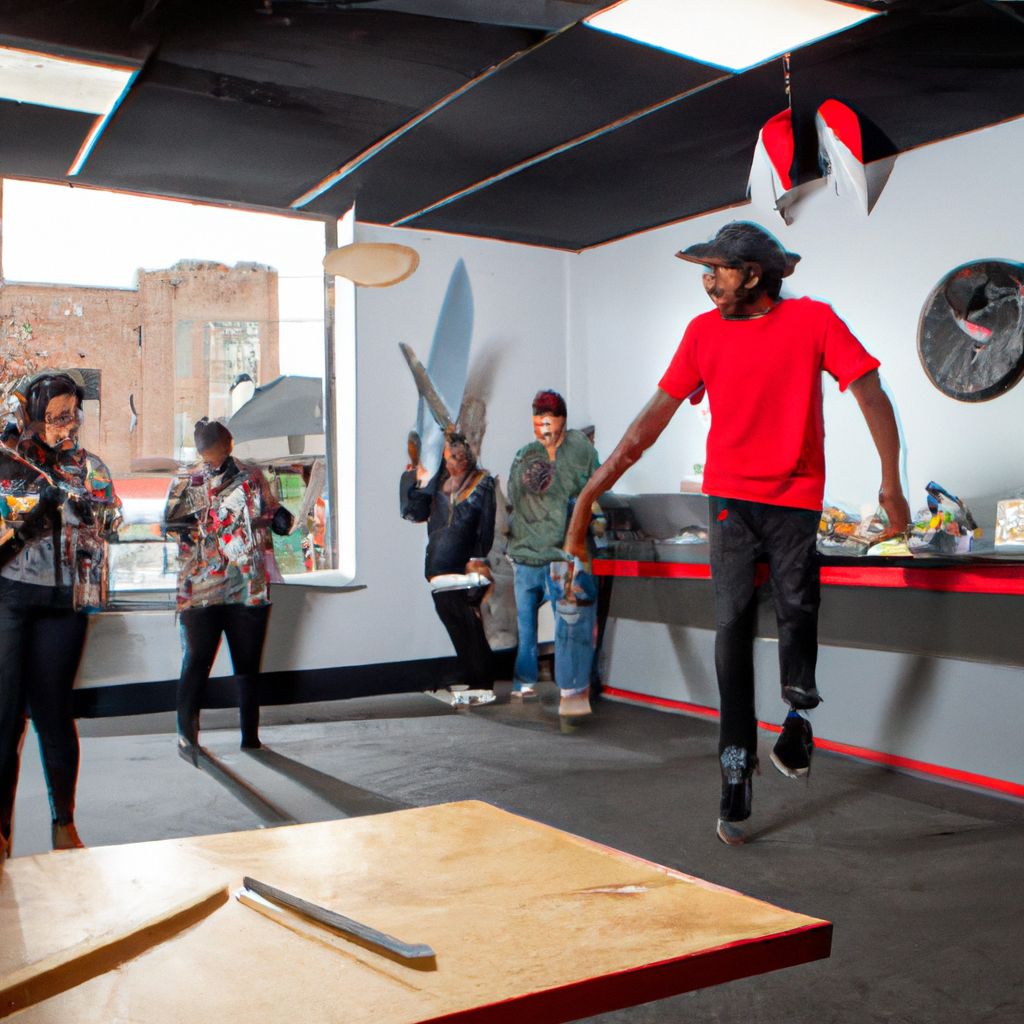
Today, knife throwing has transcended its roots as a survival skill and has become a popular hobby for many. This shift has been accompanied by the growth of knife throwing clubs and communities, both online and offline, where enthusiasts can share tips, learn from each other, and enjoy the sport together.
There are now hundreds of knife throwing clubs worldwide, offering training sessions, workshops, and competitions. These clubs not only provide a platform for enthusiasts to practice their skills but also play a crucial role in preserving and promoting the art of knife throwing.
According to the American Knife Throwers Alliance (AKTA), "The camaraderie and friendly competition within the knife throwing community make it an appealing hobby for people of all ages and backgrounds."
As knife throwing involves an inherent level of risk, safety precautions are an essential aspect of the hobby. All reputable clubs enforce strict safety rules, and personal protective equipment is a must. Additionally, beginners are typically started on soft targets and lighter knives to minimize the risk of injury.
Despite these risks, or perhaps because of them, knife throwing continues to attract a modern audience. Its blend of physical skill, mental focus, and the thrill of danger holds a unique appeal. Plus, it's an activity that requires minimal equipment and can be practiced in various settings, adding to its popularity.
Whether as a competitive sport, a form of entertainment, or a recreational hobby, knife throwing has firmly embedded itself in modern culture. Its rich history, combined with its ongoing evolution, ensures that it will continue to fascinate and engage people for generations to come.
Conclusion: The Future of Knife Throwing
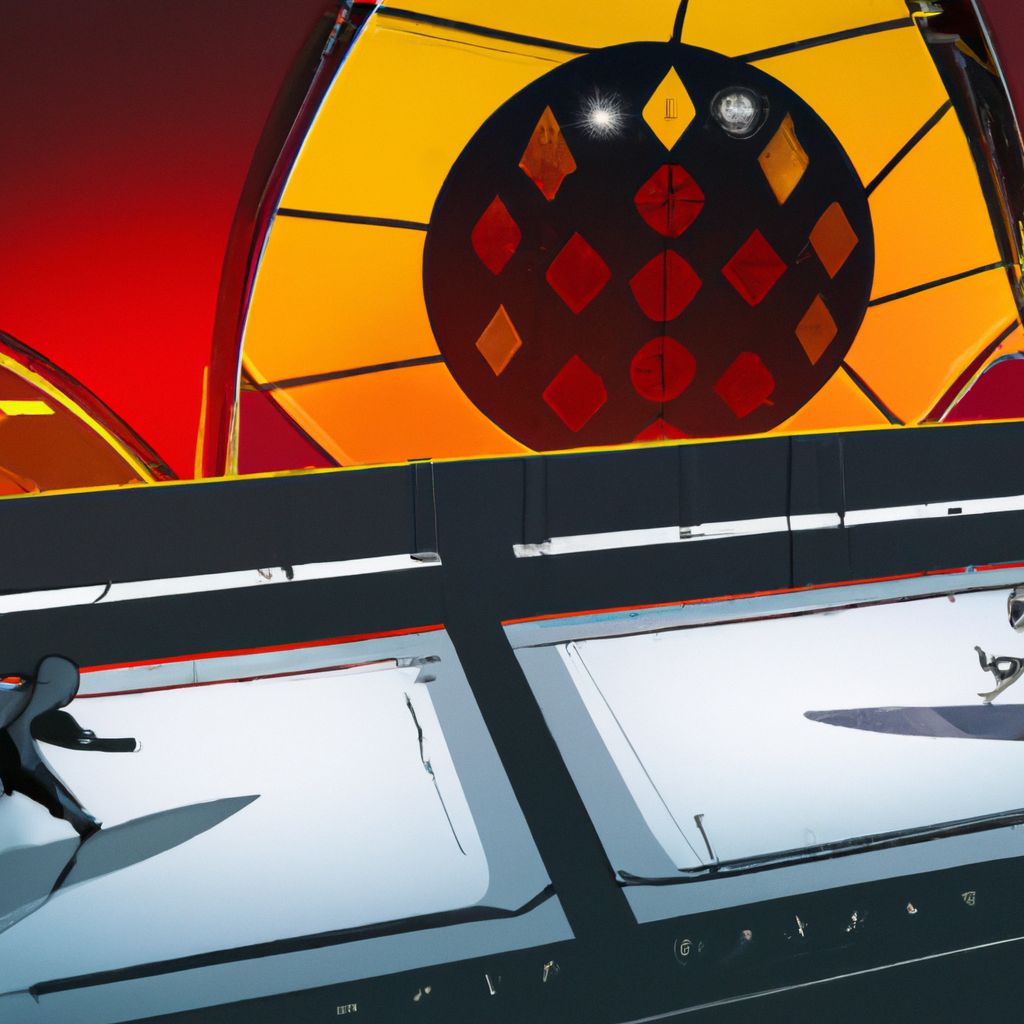
As we look to the future, knife throwing is poised for even greater popularity as both a hobby and sport. The growth of knife throwing clubs and competitions, coupled with its increasing presence in popular media, all point to a vibrant future for this ancient skill.
Current trends indicate a growing interest in traditional skills and hobbies, and knife throwing fits perfectly within this movement. More and more people are seeking out activities that offer a tangible, hands-on experience, and the physicality and precision of knife throwing provide exactly that.
Technology also has a role to play in the future of knife throwing. Advances in materials science are leading to the development of better, more efficient throwing knives. Furthermore, digital technology is opening up new possibilities for training and competition.
Virtual reality (VR) and augmented reality (AR) technologies could potentially offer knife throwing enthusiasts a whole new way to practice their skills. Imagine training in a virtual environment, complete with adjustable targets and real-time feedback on your technique.
Online platforms will continue to play a crucial role in connecting the global knife throwing community, enabling enthusiasts to share tips, learn from each other, and even compete in virtual competitions.
While the future of knife throwing, like any sport or hobby, will be shaped by a variety of factors, one thing is certain: this ancient skill is not going anywhere. It has adapted and evolved over the centuries, and it will continue to do so, captivating new generations of enthusiasts along the way.


